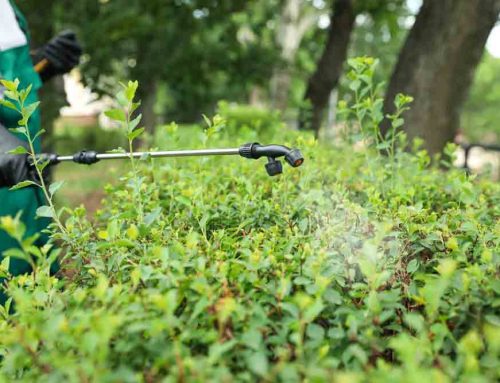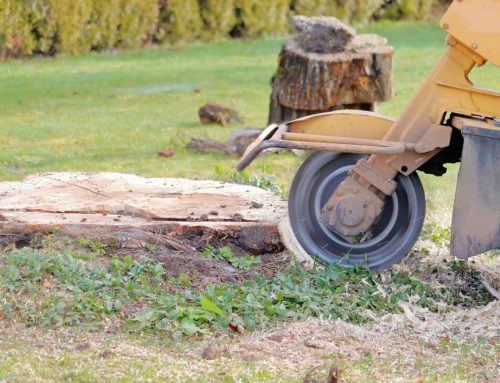Pugh’s Earthworks
Commercial Landscape Maintenance Services For Tennessee
Pugh’s Earthworks provides commercial landscape design and maintenance services throughout Tennessee, including Memphis, Jackson, and Nashville plus we service lawns in Little Rock, Arkansas. Our monthly seasonal landscape care for lawns, bedding, trees and shrubs, irrigation, and hardscape areas is available for both commercial and residential customers who are looking for professional, value-oriented, and adept landscape services. We’re proud to be one of the best commercial landscape companies in Memphis and continue to seek ways to improve our service offering, knowledge, and experience to help customers maintain a beautiful landscape while reducing water usage.
Each season of the year brings different landscape needs. The past few weeks, we’ve shared how to take care of your lawn in the fall as well as prepare it for the upcoming winter season. Now, it’s time to turn our attention to other areas of your landscape like perennials. During this time of the year, it’s a good time to relocate perennials. Here’s why along with tips on how to relocate those perennials.
Make sure you transplant fall-blooming perennials at least six weeks before a hard frost. Signs that it’s time to divide your perennials include it’s too large for its present space or it’s crowding other plants. Fewer flowers or straggly-looking leaves also tell you it’s time for relocating these perennials.
The day before you plan to relocate the perennials, water them well and cut back any tall portions. Then, for clumping perennials like asters, chrysanthemums, and day lilies, you’ll need to dig them up completely before dividing them up. Spreading perennials like phlox and bee balm look more like individual plants so you can dig up the ones you want to move and choose to leave some where they are.
There are also woody perennials like rosemary and lavender. These have one main stem so you will need to sever the plant to relocate part of it. Taproot perennials like Oriental poppies also have one main root that you will have to dig up so you can remove the portions you want to relocate.
Be sure to be ready to move these perennials immediately to their new spot. Otherwise, be sure to leave them in shade and give them water until you are ready to replant.
When you replant, dig a hole for the perennials that is wider than the root ball. Include organic matter and fertilize run the hole to help feed the perennials. After putting the perennials in the hole, fill it with soil and add more fertilizer. Lastly, water them and add mulch to help insulate the roots.
These newly divided perennials won’t look good until the next season. They need to get accustomed to their new home and take root before they can stand up and bloom once more.
As you can see, relocating perennials can be a lot of work. Call us if you would like to get professional help in taking care of your commercial or residential landscape.






